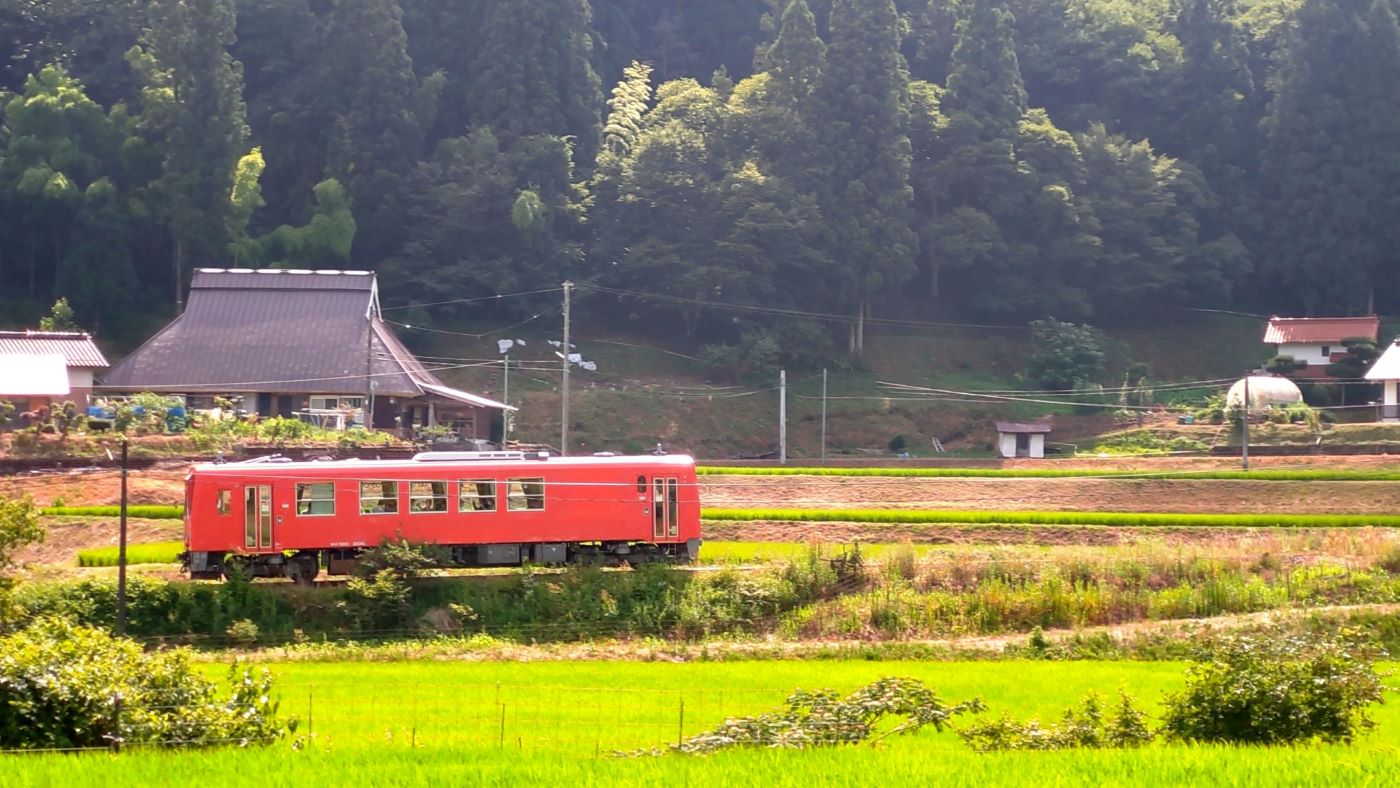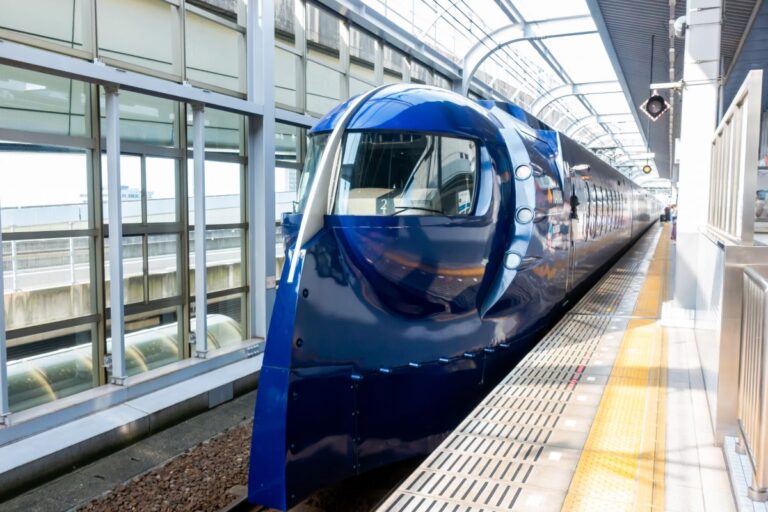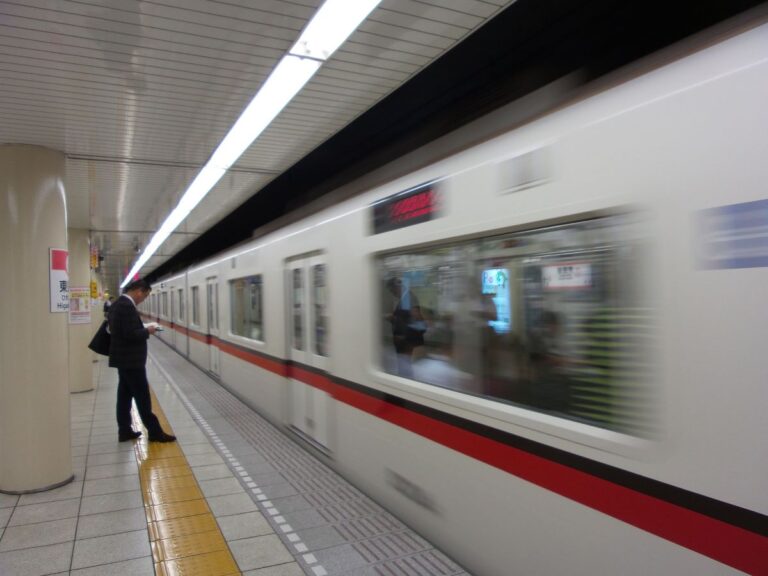Japan has one of the most extensive and efficient train networks in the world, making it a convenient and reliable mode of transportation for both locals and tourists. The country boasts a variety of train types, from the world-renowned Shinkansen bullet trains to local commuter trains.

Japan Railways (JR) is the largest train company in Japan, operating both local and long-distance trains throughout the country. The company is divided into six regional companies, each with its own network of trains.
In addition to JR, there are also dozens of private railway companies that operate in Japan, with some running just a single line and others operating extensive networks.
Overview of Train Networks in Japan
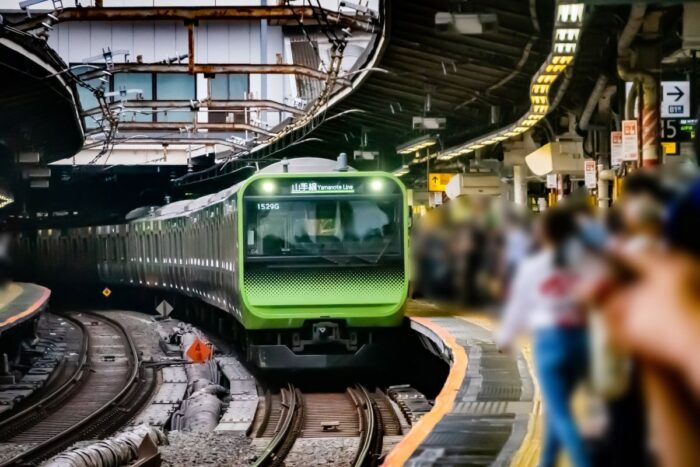
The train system in Japan is a combination of both public and private railway lines, with the Japan Railways Group (JR Group) being the largest operator of passenger trains in the country. The JR Group operates a nationwide network of trains, including the famous Shinkansen bullet trains that connect major cities across the country. In addition to the JR Group, there are also many private railway companies that operate local and regional trains.
The train system in Japan is known for its punctuality, cleanliness, and safety. Trains in Japan are usually on time to the minute, and delays are rare. The trains are also kept very clean, and passengers are expected to dispose of their trash properly. Safety is also a top priority, with many safety features in place to ensure the well-being of passengers.
Japan’s train system is divided into several categories based on the type of train and the operator. The main categories include:
- Shinkansen (bullet trains)
- Limited Express
- Express
- Local
Each category of train has different speeds, fares, and amenities. For example, the Shinkansen is the fastest and most expensive type of train, while local trains are slower and cheaper. The amenities on each train also vary, with some trains offering reserved seating, dining cars, and even sleeping compartments.
JR Companies and Lines
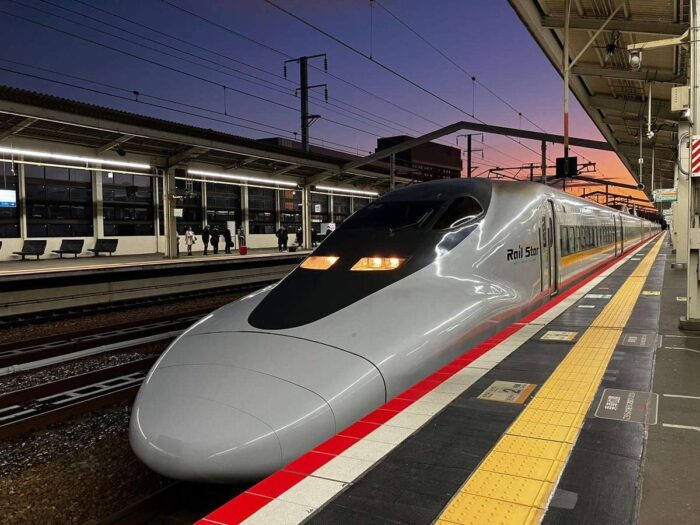
Japan Railways (JR) is a group of seven companies that operate the majority of the country’s railway network. The JR Group was formed in 1987 when the government privatized the Japan National Railways. The seven JR companies are:
- JR Hokkaido
- JR East
- JR Central
- JR West
- JR Shikoku
- JR Kyushu
- JR Freight
Each JR company operates a specific region of Japan, and their lines are color-coded for easy identification. For example, JR East operates in the eastern part of Honshu, the main island of Japan, and its lines are colored green. JR West operates in western Honshu and its lines are colored blue.

Aside from the JR Group, there are also dozens of private railway companies that operate in Japan. Some of these companies, like Keio Corporation and Odakyu Electric Railway, operate only a single line, while others, like Tobu Railway and Hankyu Corporation, operate extensive networks.
Private railway companies often provide transportation to areas that are not served by JR lines. For example, Tobu Railway operates lines in the Tochigi and Gunma prefectures, which are not covered by JR lines.
It is important to note that while JR lines are covered by the Japan Rail Pass, private railway lines are not. Travelers who plan on using private railway lines may need to purchase separate tickets or passes.
Private Operators and Lines
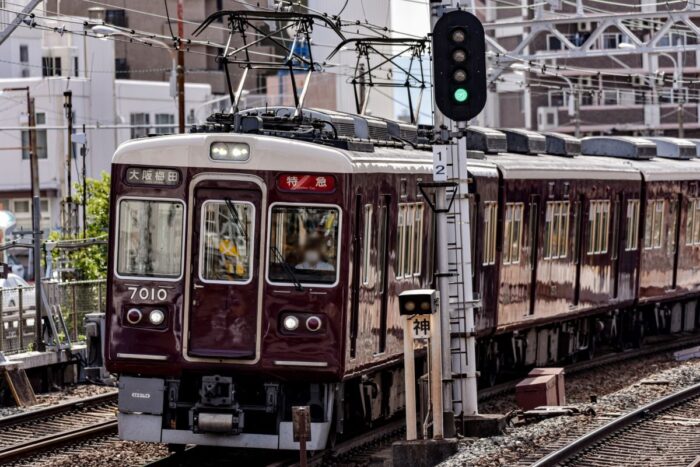
Japan has a vast network of private railway companies that operate alongside Japan Railways (JR) companies. These private operators often have a smaller network of lines compared to JR, but they offer convenient transportation options for commuters and travelers alike.
Some of the major private railway companies in Japan include Keio Corporation, Keikyu Corporation, and Tobu Railway. Keio Corporation operates in the western part of Tokyo and offers convenient transportation options for commuters and travelers to areas such as Shinjuku and Shibuya.
Keikyu Corporation operates in the southern part of Tokyo and offers transportation options to areas such as Haneda Airport and Yokohama. Tobu Railway operates in the Kanto region and offers transportation options to areas such as Nikko and Kinugawa Onsen.
Private railway companies in Japan often operate on a smaller scale than JR, but they offer a variety of transportation options, including commuter trains, express trains, and limited express trains. Some private railway companies also offer special services, such as sightseeing trains and themed trains.
Private railway lines in Japan are often operated by different companies, which can make it challenging to navigate the transportation system. However, many private railway companies have partnerships with other companies, which can make it easier to transfer between lines.
The private railway companies in Japan often have their own ticketing systems, which may be different from JR’s system. Travelers should check the specific company’s website or ask for assistance at the station to ensure they purchase the correct ticket.
Types of Trains in Japan

Japan has a vast and efficient railway system, with dozens of different types of trains serving various purposes. Here are some of the most common types of trains in Japan:
- Shinkansen: Also known as the bullet train, the Shinkansen is a high-speed train that runs on dedicated tracks. It connects major cities in Japan and is known for its speed, punctuality, and comfort. There are several types of Shinkansen trains, including the Nozomi, Hikari, and Kodama.
- Local Trains: Local trains are slower and make more stops than Shinkansen trains. They are used for shorter distances and connect smaller towns and cities. They are often operated by private railway companies.
- Limited Express: Limited Express trains are faster than local trains, but slower than Shinkansen trains. They are used for medium distances and offer more amenities than local trains. They are often operated by private railway companies.
- Express: Express trains are faster than local trains, but slower than Limited Express trains. They are used for medium distances and offer a few amenities. They are often operated by private railway companies.
- Commuter Trains: Commuter trains are used for short distances and are designed for daily commuters. They are often crowded during rush hour and are operated by both private railway companies and JR companies.
- Sightseeing Trains: Sightseeing trains are designed for tourists and offer scenic views of Japan’s countryside. They are often operated by private railway companies.
Tickets and Fares

When traveling by train in Japan, there are a variety of ticket options available for purchase. The most common ticket is the standard fare ticket, which can be purchased at ticket vending machines or ticket counters at train stations. These tickets are priced based on the distance traveled and the type of train used.
For those planning to travel extensively throughout Japan, a Japan Rail Pass can be a cost-effective option. The pass gives unlimited travel on all JR trains across the whole of Japan, including high-speed shinkansen (bullet trains), the local, rapid, and express trains.
The pass is available for purchase by foreign tourists and can be used for a period of 7, 14, or 21 consecutive days.
It is important to note that the Japan Rail Pass is not valid on private railway lines. Dozens of private railway companies exist in Japan, and each company has its own fare system. The smaller ones operate just a single line, while others operate extensive networks. To use private railway lines, passengers must purchase individual tickets or use a prepaid card such as Suica or Pasmo.
When using the Suica or Pasmo card, passengers can touch the card to the reader at the ticket gate when entering and leaving the station. The fare is automatically deducted from the card balance. These cards can also be used for purchases at convenience stores and vending machines.
Tips for Riding Trains in Japan

Here are some tips to make your train ride in Japan smooth and comfortable:
- Plan your route: Before you board a train, make sure you know which train you need to take and which station you need to get off at. You can use a smartphone app like Hyperdia or Google Maps to plan your route and check train schedules.
- Be on time: Trains in Japan run on time, so make sure you arrive at the station on time. If you’re late, you may miss your train, and there may not be another train for a while.
- Follow the rules: When you’re on a train, make sure you follow the rules. Don’t talk on your phone, don’t eat or drink, and don’t play loud music. Also, make sure you give up your seat to elderly or disabled passengers.
- Be prepared: If you’re traveling on a long train ride, make sure you bring snacks, water, and entertainment. Trains in Japan are comfortable, but they can be crowded, so it’s good to have some distractions.
- Buy a Japan Rail Pass: If you plan to travel extensively by train, it’s worth buying a Japan Rail Pass. This pass allows you to travel on all JR trains, including the Shinkansen, for a fixed period of time. You can buy the pass before you arrive in Japan, and it will save you money in the long run.
- Stay connected: Most trains in Japan have free Wi-Fi, so you can stay connected during your ride. However, the Wi-Fi may not be available in some areas, so it’s a good idea to have a backup plan.
The Sum Up
With its extensive network of train lines, including the famous Shinkansen bullet trains, traveling around Japan by train is a convenient and comfortable experience.
Japan Railways (JR) operates the majority of the country’s train lines, including the six regional companies: JR Hokkaido, JR East, JR Central, JR West, JR Shikoku, and JR Kyushu. These companies provide both local and long-distance train services, making it easy for travelers to explore different parts of the country.
So, if you’re planning a trip to Japan, be sure to take advantage of the country’s excellent railway system. With its extensive network of train lines, including both JR and private operators, you’ll be able to explore all that Japan has to offer with ease.

